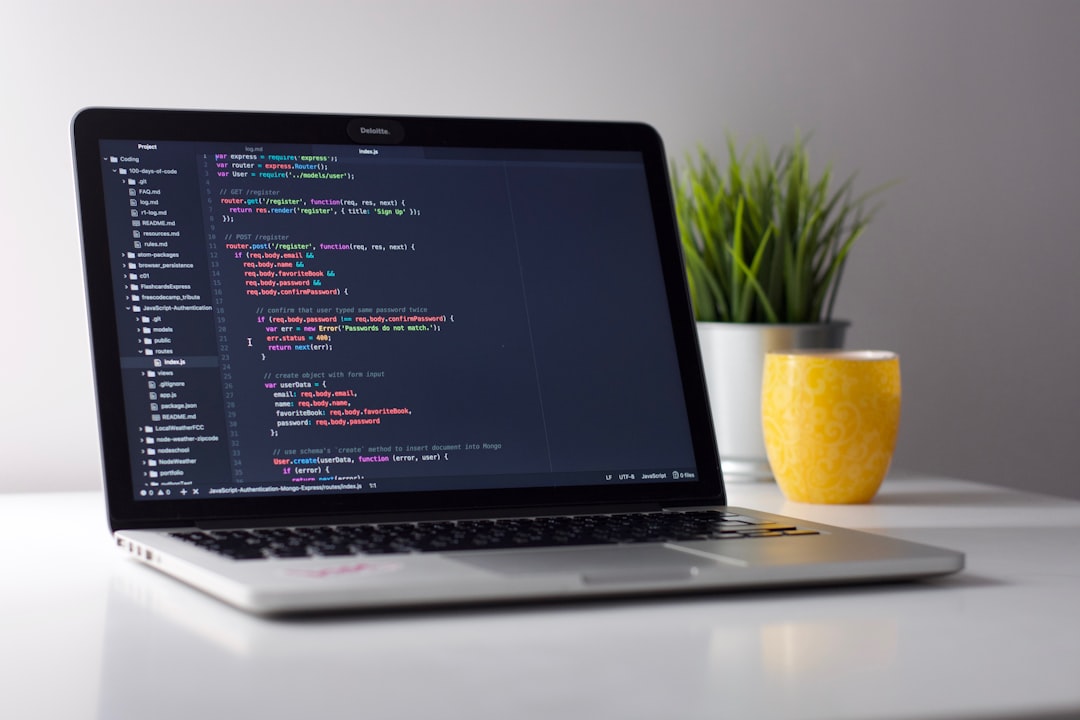
Dive into the Realm of Python: A Comprehensive Guide to Programming Fundamentals
Unlock the Power of Python and Enhance Your Coding Skills
Dive into the Realm of Python: A Comprehensive Guide to Programming Fundamentals
Introduction
Python, a renowned high-level programming language, has gained immense popularity in recent years. Its versatility, ease of learning, and extensive libraries make it an ideal choice for beginners and experienced programmers alike. This comprehensive guide will take you on an immersive journey into the fundamentals of Python programming, equipping you with the essential knowledge to embark on your software development endeavors.
Installing Python
Step 1: Download Python Interpreter
- Visit the official Python website (python.org) and download the latest Python 3 interpreter for your operating system.
Step 2: Install Python Interpreter
- Follow the installation instructions provided by the operating system.
Step 3: Verify Installation
- Open a command prompt or terminal and type
python3 --version. - The output should display the installed Python version, indicating a successful installation.
Exploring Python's Data Types
Python supports various data types, including:
- Integers: Whole numbers, such as 10 and -5
- Floating-Point Numbers: Decimal numbers, such as 3.14 and -1.23
- Strings: Sequences of characters, enclosed in single or double quotes, such as 'hello' and "world"
- Lists: Ordered collections of any type of objects, enclosed in square brackets, such as [1, 2, 3]
- Tuples: Immutable ordered collections of any type of objects, enclosed in parentheses, such as (1, 2, 3)
- Dictionaries: Unordered collections of key-value pairs, enclosed in curly braces, such as {'key1': 'value1', 'key2': 'value2'}
Understanding Variables and Operators
Variables store values in memory and can be assigned using the assignment operator (=). For example:
x = 10
name = 'John Doe'
Operators perform operations on variables and values. Python has a wide range of operators, including:
- Arithmetic Operators: (+, -, , /, %, //, *)
- Comparison Operators: (==, !=, <, >, <=, >=)
- Logical Operators: (and, or, not)
- Bitwise Operators: (&, |, ^, ~, <<, >>)
Control Flow Statements
Conditional Statements allow you to execute blocks of code based on certain conditions. Python provides two main conditional statements:
- if-else:
if condition:
# code block
else:
# code block
- elif:
if condition1:
# code block
elif condition2:
# code block
else:
# code block
Loops allow you to iterate through sequences or collections. Python provides three main loop statements:
- for:
for item in sequence:
# code block
- while:
while condition:
# code block
- break:
while True:
# code block
if condition:
break
Functions and Modules
Functions are reusable blocks of code that perform specific tasks. They can accept input parameters and return output values. To define a function, use the def keyword. For example:
def greet(name):
print(f"Hello, {name}!")
Modules are collections of related functions, classes, and variables. You can reuse modules by importing them using the import statement. For example:
import math
Error Handling and Debugging
Error handling is crucial in programming. Python provides built-in exceptions that are raised when errors occur. You can handle these exceptions using the try-except statement. For example:
try:
# code that may raise an exception
except Exception as e:
# code to handle the exception
Debugging is the process of identifying and resolving errors in your code. Use print statements, pdb (Python debugger), and specialized debugging tools to debug your Python programs.
Python Programming Projects
To solidify your understanding, embark on some Python projects. Here are a few ideas:
- Calculator: Create a simple calculator that performs basic arithmetic operations.
- Number Guessing Game: Develop a game where the user has to guess a random number.
- To-Do List Manager: Build an application to manage tasks and track their statuses.
- Dice Rolling Simulator: Simulate the rolling of multiple dice and display the results.
- Hangman: Create a hangman game where the user guesses letters to reveal a hidden word.
Conclusion
This comprehensive guide has provided you with a solid foundation in Python programming fundamentals. Remember to practice regularly, explore the rich Python ecosystem, and immerse yourself in the vibrant community of Python developers. By embracing the power of Python, you open endless possibilities in software development, data science, web development, and more.